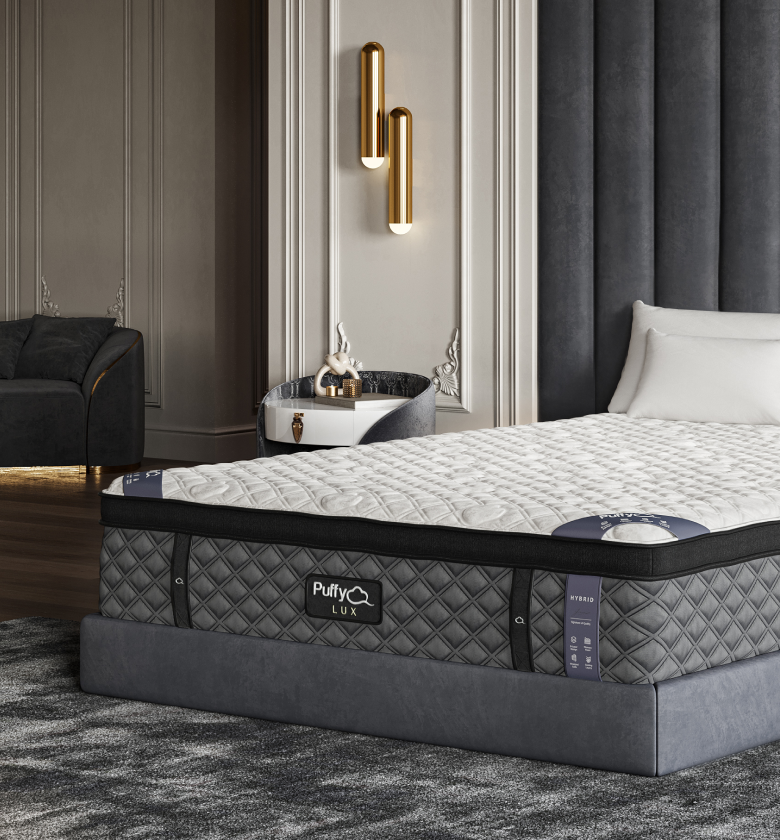You’ve got the crib, the adorable mobile, and the Pinterest-perfect nursery decor. But something's missing: the cradle mattress. The place where your baby will (hopefully) sleep for countless hours.
For the crafty parents among us, creating a DIY cradle mattress can be more than just economical; it’s a labor of love. This guide walks you through the nitty-gritty of how to make a baby cradle mattress that is both safe and comfortable for your little dreamer.
How to Build a Baby Mattress
Creating a baby mattress from scratch may seem daunting, but it's simpler than you might think. The project generally involves three main steps: measuring, choosing materials, and assembly.
Measuring
- Cradle Size: Start by measuring the dimensions of the cradle. Your mattress should fit snugly with no gaps.
- Mattress Depth: The depth usually ranges from 1 to 3 inches, depending on the design of the cradle and personal preference.
Material Selection
- Foam: Choose a high-density foam that provides both support and comfort.
- Fabric: A breathable, natural fabric is often best for the cover.
Assembly
- Cutting: Cut your foam according to the measurements.
- Covering: Sew the fabric around the foam, adding a zipper or fasteners for easy removal.
The Importance of Measurements
You want the mattress to be as snug as a bug, but not so tight that you have to wrestle it into the cradle. The ideal fit should be snug but easily removable for cleaning.
Expert Tip: Use a piece of cardboard as a template. Cut it to fit the cradle perfectly and use it as a guide for cutting your foam.
Material Choices: Safety and Comfort
What your mattress is made of is arguably as important as its size.
- High-Density Foam: This offers better support and doesn’t sag over time.
- Natural Fibers: Materials like organic cotton or bamboo are eco-friendly and gentle on baby’s skin.
Fire Safety
Many commercial mattresses are treated with flame retardants. When going DIY, consider your options carefully for complying with safety norms.
Check out Puffy mattress reviews from real customers and see how we compare with other brands.
Understanding Foam Density
Density plays a crucial role in the longevity and comfort level of the mattress. A density rating of 1.2 to 1.5 lbs/ft³ is often recommended for infants.
Quick Fact: Higher density foams offer better support but can be more expensive.
Fabrics and Covers
When it comes to the cover of the mattress, your choice of fabric can make a huge difference in terms of both comfort and hygiene.
- Organic Cotton: A breathable and natural option.
- Vinyl Covers: Easier to clean but not as breathable.
- Removable Covers: A zippered or Velcro fastening allows for easier washing.
Testing for Safety
- Snug Fit: The mattress should fit tightly within the cradle.
- Firmness: Press on the mattress to make sure it quickly snaps back into shape, which is crucial to prevent suffocation risks.
DIY or Buy: What’s Better?
Making your own baby mattress gives you control over the materials and can be a cost-effective choice. However, it’s crucial to adhere to safety standards.
- Pros of DIY: Cost-effective, control over materials.
- Cons of DIY: Time-consuming, potential for error in terms of safety standards.
Conclusion
Making a baby cradle mattress isn't just a DIY project; it's a meaningful task that adds a personal touch to your baby's first bed. However, the stakes are high because safety is paramount.
Use our store locator to find the closest furniture or mattress store near you and feel the cloudlike comfort of our Puffy Mattress in person.
Make sure you adhere strictly to safety guidelines and quality standards. When done correctly, this project can offer not only savings but also peace of mind. After all, nothing beats knowing that your baby is sleeping on a mattress made with love.

- Award-winning comfort.
- Lifetime warranty.
- 101-night sleep trial.
- Free shipping and returns.
- 100% made in USA.












